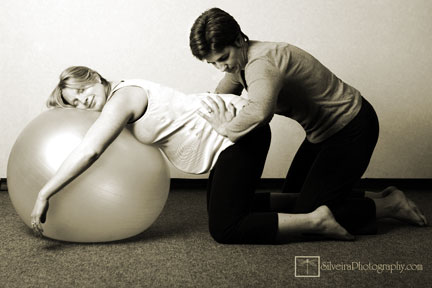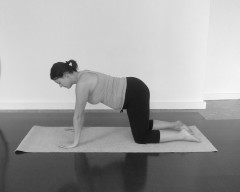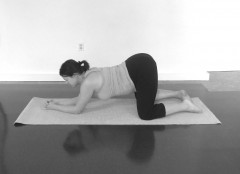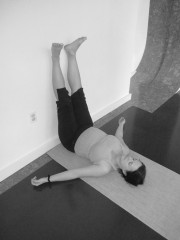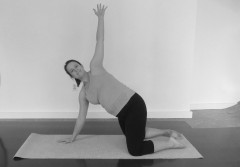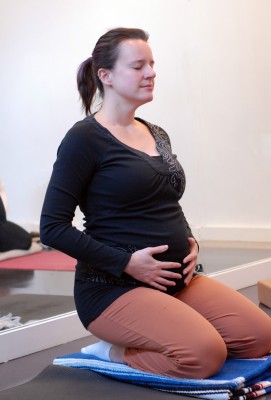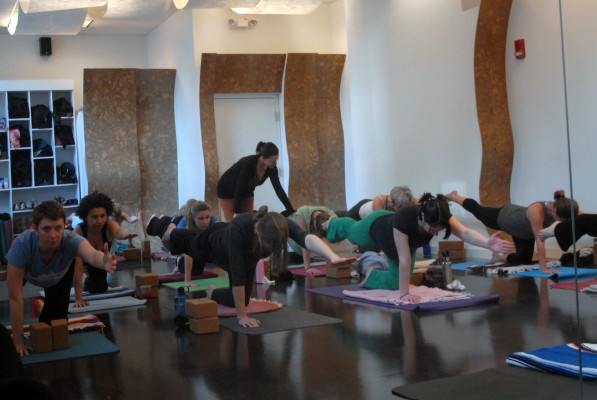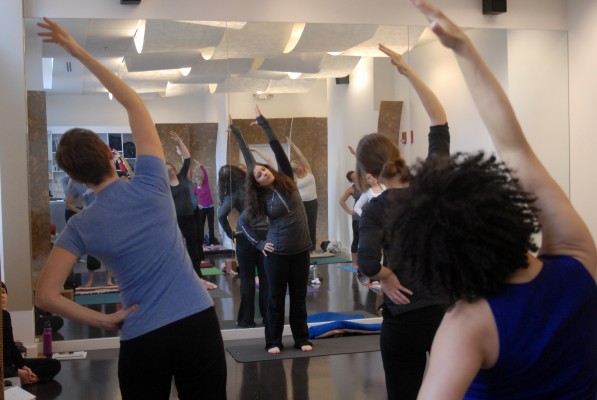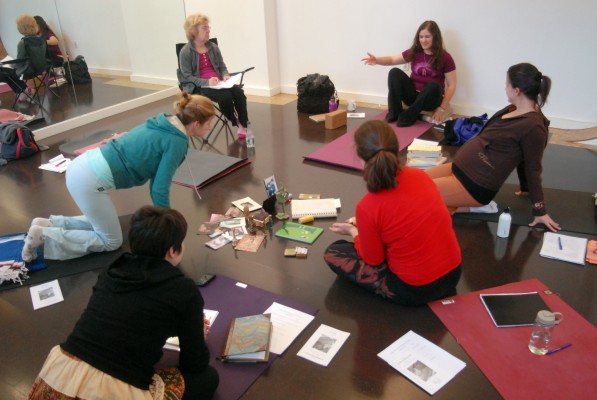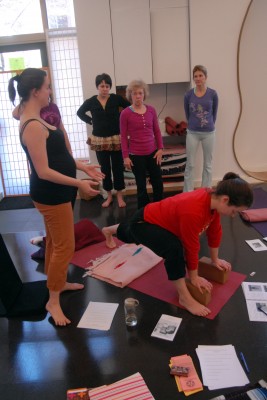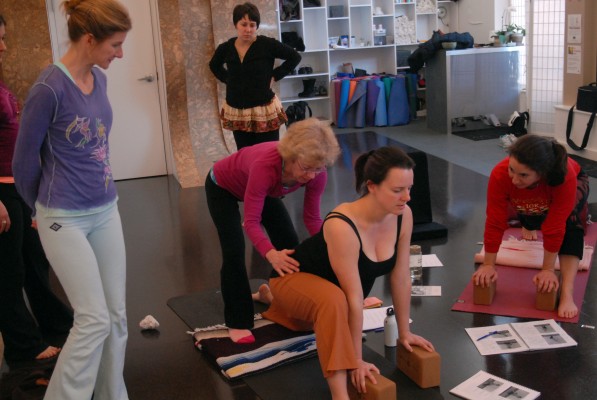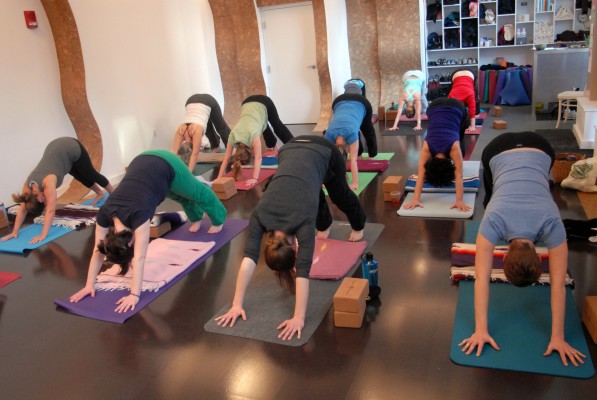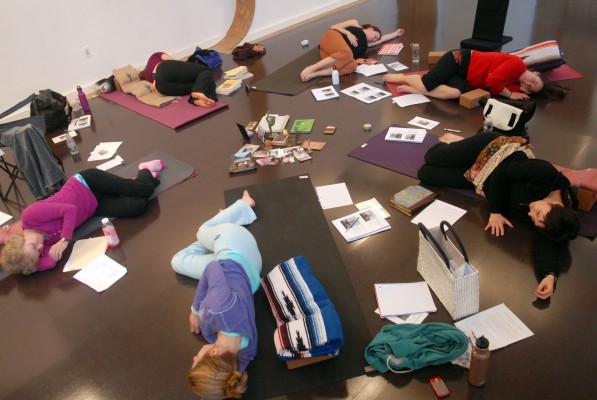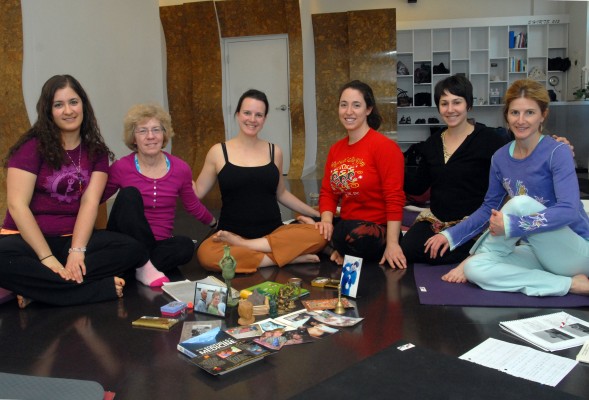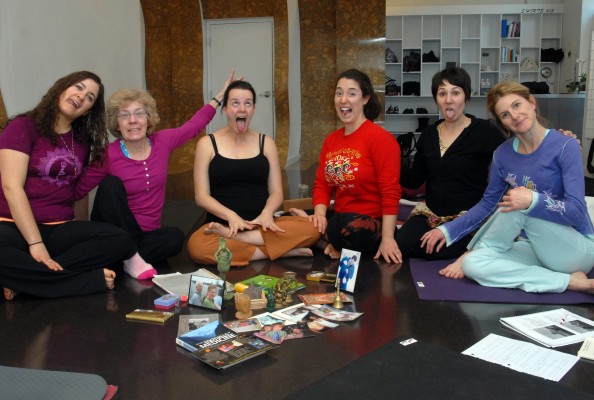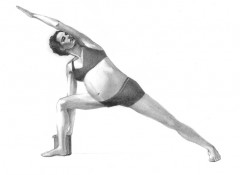I wrote this advice about a year ago for friends in California who were having their first baby. It seems kind of perfect for a blog post! My friends had a lovely baby girl by the way 🙂
So, if you’ve already decided you want a doula, here’s my tips for finding a great one and having a positive experience with her.
1) You really like her and think you can trust her.
This is my #1 tip! She’s not your shrink or your doctor, but she helps you make decisions, stay strong, she gives you information etc. So sometimes a doula sort of feels like those things. Plus, you’re going to be hanging out naked in front of her, so you really need to like her and feel comfortable around her. The doula you have the best rapport with isn’t necessarily the one who’s the most expensive/done the most births. Sometimes a newer, less expensive doula is the person you feel most secure with.
2) She does a lot of prenatal education.
I think this is one of the most important things, because your average dr/midwife appointment is short! There’s a lot to talk about in pregnancy, and you want to feel like you get to see her at least 2 times after you hire her, and feel like you can call her/email her anytime. If this part goes well, then the actual birth support is usually a lot better.
3) Experience.
Experience counts! A doula who has experience with the hospital you’re birthing at, with many different kinds of births, and with many different kinds of people. That’s a doula who has a lot of knowledge and tricks up her sleeve. Sometimes the best thing about a doula is that they know how to navigate the hospital system! This is where a new doula just isn’t always as good as an experienced doula, but note that my #1 answer is still my #1! Liking her trumps experience.
4) Her philosophy is yours.
If you’re open to having an epidural, and you bring it up and your doula tells you, “oh, You don’t need one!”, then you might want to consider finding a doula who is a little more moderate! You don’t want to feel like your doula is disappointed in you during the birth. However, if you really really want to avoid all interventions if at all possible, then you want to hear from your doula that she has successfully helped many clients do that, and that she can help you during pregnancy and labor to set up that scenario. Some people are really adamant in their desire to have an intervention-free birth, and that’s great, and your doula should give you lots of homework in that case, because it takes preparation these days!
5) Read her contract and review it with her.
Doulas don’t make a lot of money, and usually they are worth every penny they are charging. The nature of on call work is very demanding, and a lot of planning goes into her being on call for you. Most of them have written contracts for a reason. When you enter into an agreement with anyone, it’s really important to be clear on the business end of things. Then you can get on to the important business of letting go so that you can give birth!
Maybe my next post should be about all the reasons you SHOULD consider a doula! But for now, I hope this helps you navigate through and find the doula who is right for you!
